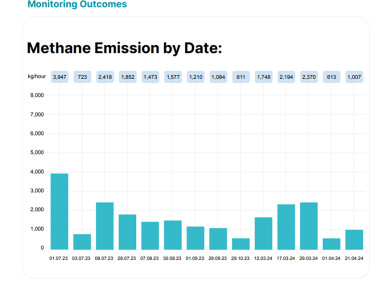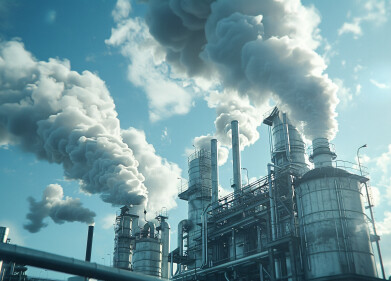Industrial emissions
Market for Mercury Reduction Expanding beyond the U.S.
Jun 30 2015
There is a multibillion dollar market for the reduction of emissions of mercury to the air on a worldwide basis. The New Zero Emissions limits for some areas of China will substantially increase the opportunities for mercury control suppliers. This is the conclusion of the McIlvaine Company in Mercury Air Reduction Markets.
Significant conclusions are:
- The U.S. is leading the way, but other countries are close behind.
- The market is defined by developing technology.
- Coal-fired power is the largest market.
- Waste-to-energy and other industrial applications already provide a market.
- Better sorbents and treatment chemicals are being rapidly developed.
- The regulations and the market will be technology-driven.
- China will be the biggest market in the next decade.
There are tough regulations on mercury emissions from power, cement and waste-to-energy plants which were slated for enforcement starting in 2015 in the U.S. This is creating a $1 billion annual market just for adsorbents, catalysts and treatment chemicals..
The options for the purchaser are made more complex because of the inter-relation between mercury and other pollutants. The selection of the SO2 removal technology can greatly impact the cost of removing mercury. Once captured, mercury can be re-emitted if additional chemicals are not introduced. Fabric filters used for particulate control are more effective in the capture of mercury than are electrostatic precipitators. The purchaser facing a need for better particulate control has to decide whether to upgrade his precipitator or install a fabric filter. The need to remove mercury can influence this decision.
Suppliers of activated carbon are increasing the effectiveness of their product. At the same time, alternatives utilizing kaolin, bentonite and novel compounds are being tested and introduced to the market. There is a $200 million/yr. market to measure mercury emissions. In a surprising turn of events, suppliers of continuous emissions monitoring systems are finding competition from suppliers of sorbent traps.
The largest market potential is for coal-fired power plants. However, the waste-to-energy, mining, chemical and cement sectors also provide substantial opportunities. The size of these markets will be determined by the regulations. The regulations, in turn, will be shaped by the technology. In the U.S., the EPA is required to apply MACT (maximum achievable control technology) to the removal of this pollutant. The present limits require less than 90 percent removal. In the future, this limit is likely to be much tougher.
There is a clear trend for universal adoption of the toughest regulations in any country. The U.S. has taken the lead relative to mercury, but Europe is following suit. China set a relatively high limit in its current five year plan. However, certain provinces and cities require the New Zero Emissions (NZE) standards. These require plants to limit mercury emissions to 3 micrograms/NM3. This is equivalent to the U.S. standards.
Digital Edition
AET 28.4 Oct/Nov 2024
November 2024
Gas Detection - Go from lagging to leading: why investment in gas detection makes sense Air Monitoring - Swirl and vortex meters will aid green hydrogen production - Beyond the Stack: Emi...
View all digital editions
Events
Jan 12 2025 Abu Dhabi, UAE
Jan 14 2025 Abu Dhabi, UAE
Jan 20 2025 San Diego, CA, USA
Carrefour des Gestions Locales de L'eau
Jan 22 2025 Rennes, France
Safety, Health & Wellbeing LIVE
Jan 22 2025 Manchester, UK



















